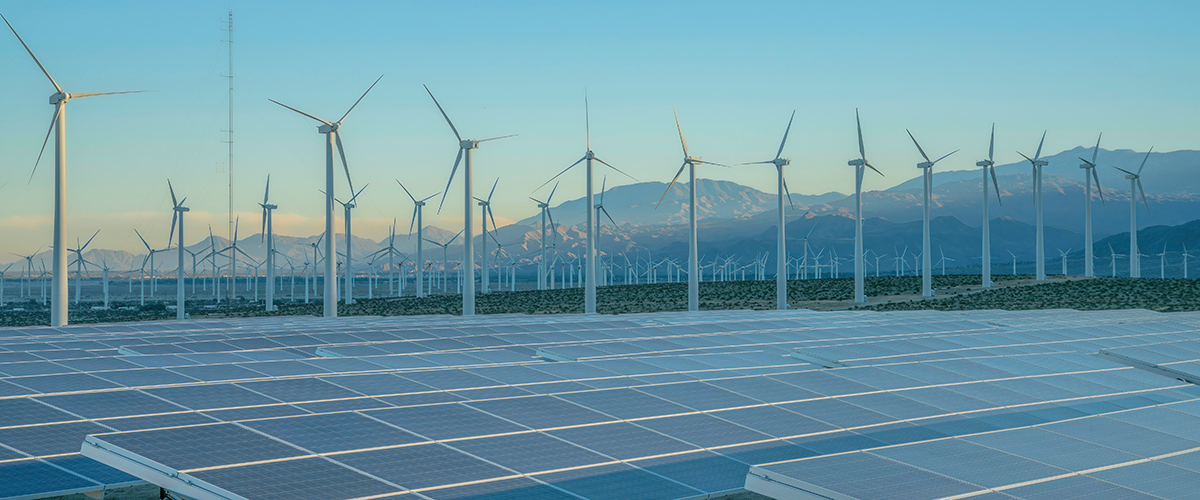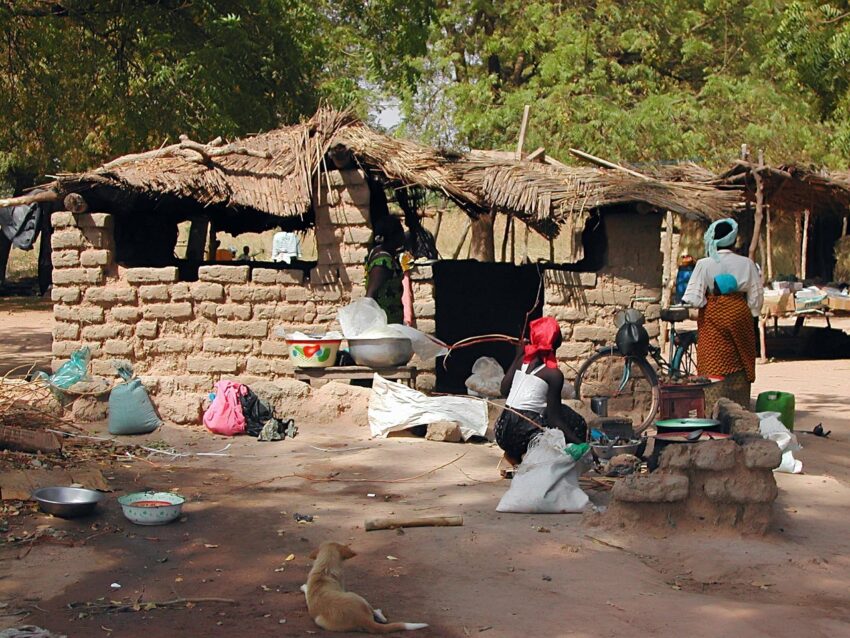Burkina Faso has plenty of natural resources, with gold as its top economic driver. In 2024, it produced 60,000 kg of gold, ranking fourth in Africa and contributing 2% to global output.
Gold alone generates over 70% of export earnings and 18% of GDP, supported by both industrial and artisanal mining.
Other minerals: zinc, manganese, phosphate, limestone, and copper are underexplored. The mining sector has expanded rapidly over the past decade, charged by investments and policy reforms. Gold production jumped from 39 tonnes in 2016 to 67 tonnes in 2021.
READ ALSO: Benin’s Natural Resources: Locations, Discoveries, Viability, Export Potential, And Economic Impact
Burkina Faso’s Natural Resources And Their Location
Here are all the natural resources in Burkina Faso, including wildlife, and agricultural resources, and where you can find them:
| Natural Resources | Locations |
|---|---|
| Gold | Yaramoko (near Ouagadougou), Séguénéga (north), Bobo-Dioulasso (southwest). |
| Manganese | Tambao (northeast, near Mali border). |
| Phosphates | Kodjari (eastern Burkina Faso). |
| Zinc | Perkoa Mine (near Réo, central-west Burkina Faso). |
| Copper | Gaoua Region (southwest Burkina Faso). |
| Limestone | Ouagadougou and surrounding areas. |
| Marble | Sahel Region (northern Burkina Faso). |
| Bauxite | Central Burkina Faso (underexplored). |
| Iron Ore | Ouahigouya Region (northwest Burkina Faso). |
| Lead | Smaller deposits in central regions. |
| Nickel | Limited exploration in the northern areas. |
| Pumice | Volcanic areas in the north. |
| Salt | Small deposits in the Sahel Region. |
| Arable Land | Southern and central regions of the country. |
| Cotton | Major production areas in the south and center. |
| Sorghum | Widespread cultivation across the country. |
| Millet | Commonly grown in the Sahel Region. |
| Groundnuts | Grown in various regions for oil and food. |
| Fruits and Vegetables | Mangoes, bananas, tomatoes, onions, carrots, cabbages in southern regions. |
| Forests | Dense forests along rivers in the south and southwest regions. |
| Wildlife Resources | National parks like Arly (southeast), Po (south-center), and W Park (east). |
| Rivers | Black Volta, Red Volta, White Volta, Oti River. |
| Lakes and Ponds | Tingrela, Bam, Dem, Oursi, Béli, Yomboli, Markoye. |
Discoveries Of Burkina Faso’s Natural Resources
Burkina Faso’s natural resources have been discovered and utilized over centuries. The earliest evidence of resource use dates back to iron smelting near Douroula between 800 and 700 BCE.
Excavations have uncovered more than 100 iron smelting sites, revealing advanced furnaces used by ancient inhabitants.
The Bura-Asinda culture, active between the 3rd and 13th centuries, relied on iron for tools and weapons, producing over 10,000 iron artifacts. Gold became a dominant trade resource between the 14th and 17th centuries.
The Loropéni Ruins, a UNESCO World Heritage Site, were part of a fortified system protecting trade routes. Gold from Burkina Faso was widely exchanged across West Africa, with the Mossi Kingdoms controlling key trade networks and exchanging gold for salt and cloth.
In the late 19th century, French authorities established formal gold mining operations in regions like Séguénéga and Bobo-Dioulasso. By 1950, annual gold production reached one ton, significantly boosting colonial revenue.
Phosphate deposits were seen in Kodjari, with estimates exceeding 10 million tons, but extraction remained minimal due to infrastructure challenges. After gaining independence in 1960, Burkina Faso saw increased investment in gold exploration.
By the 1980s, production reached 10 tons annually. The Tambao manganese deposit was identified as one of Africa’s largest, with reserves exceeding 20 million tons, though logistical issues hindered full exploitation.
Gold exploration surged in the 2000s. Canadian and Australian companies increase mining efforts, with projects like Yaramoko producing over 100,000 ounces of gold annually.
The Perkoa Mine, developed near Réo, became one of the country’s most advanced non-gold mining sites, producing over 100,000 tons of zinc concentrate per year. Copper exploration in the Gaoua region revealed potential reserves of over 1 million tons.
These discoveries have transformed Burkina Faso’s economy. Gold now accounts for over 70% of export earnings and contributed $2 billion in government revenue in 2022.
Artisanal mining has grown rapidly, with over 700 active sites. In 2020, small-scale operations produced over 10 tons of gold, valued at approximately $500 million.
Viability Of Burkina Faso’s Natural Resources
1. Economic Viability
Natural resources, especially gold, play a big part in Burkina Faso’s economy. Gold alone makes up over 70% of export earnings, generating $2 billion in revenue in 2022. This sector significantly boosts GDP, making it a key driver of economic stability.
Ongoing investments in mining continue to fuel growth. Projects like Yaramoko have increased production, while zinc mining at Perkoa produces over 100,000 tons annually. These operations support local employment and economic activity.
Agriculture remains the backbone of the workforce, employing about 80% of the population. However, challenges like climate variability and soil degradation threaten its sustainability.
2. Environmental Viability
Mining activities, particularly gold and manganese extraction, have taken a toll on the environment. Deforestation and water pollution are growing concerns, especially in northern regions where mining has led to significant forest loss.
Water scarcity is another major challenge. With only 852 cubic meters of renewable water available per capita annually, Burkina Faso falls below the water scarcity threshold. This shortage affects both agriculture and mining operations, making resource management a pressing issue.
3. Social Viability
Natural resources create jobs, particularly in artisanal mining, which supports thousands of families. However, these operations lack proper safety measures and contribute to environmental degradation.
While mining brings economic benefits, it also causes displacement and conflicts over land use. Communities and mining companies frequently clash over access to resources. With over 700 artisanal mining sites operating across the country, these operations are important in local economies.
Export Potential Of Burkina Faso’s Natural Resources
| Natural Resources | Export Value (2024) | Primary Market |
|---|---|---|
| Gold | $8.17 billion | Switzerland, UAE |
| Cotton | $268 million | India, Europe |
| Sesame Seeds | $261 million | India, Asia |
Gold is the top export, which has made up over 70% of total exports. In 2024, gold exports brought in $8.17 billion. Major gold-producing regions include Yaramoko and Séguénéga.
Cotton is another key export, generating $268 million annually and supporting a large workforce. Sesame seeds also bring in $261 million in 2024, mainly from central regions.
Switzerland is the largest market for Burkina Faso’s gold, with over $6 billion in exports in 2023. The country’s refining industry makes it a key buyer.
The UAE is another major destination, importing $815 million worth of gold due to its strategic trade position. India also purchased $271 million worth of cotton and sesame seeds.
Exports contribute significantly to Burkina Faso’s GDP, especially gold mining, which accounted for over 18% of GDP in 2023.
The mining and agriculture sectors provide jobs for thousands, with cotton alone supporting about 25% of the population.
Economic Impact Of Burkina Faso’s Natural Resources
Burkina Faso’s economy heavily depends on gold and agriculture. These sectors help the country’s financial stability, contributing to GDP, fiscal revenues, and employment.
1. Economic Impact
Gold mining is notable in economic growth. It contributes about 14.34% to the GDP, making it one of the country’s most valuable industries.
Despite security challenges, the economy rebounded in 2023 with a 3.6% growth rate, driven by mining, services, and agriculture.
Projections for 2025 suggest an improvement, with expected growth rates of 4.1% and 4.3%, due to rising production in both extractive and agricultural sectors.
2. Fiscal Revenues
The extractive sector accounts for 19.25% of total government revenues, with gold exports being a primary source of fiscal income. In 2023, tax revenues increased to 17.8% of GDP, helping reduce the budget deficit to 6.9%.
3. Employment Impact
The mining sector employs a small portion of the workforce. Industrial mining provides jobs for fewer than 10,000 people, making up only about 2% of total employment.
However, artisanal mining is massive, with over 700 active sites across the country. This informal sector supports thousands of people, providing essential income despite lacking formal regulations and safety standards.
Agriculture remains the backbone of employment, sustaining over 80% of the population. However, low productivity continues to challenge income stability and economic progress.

